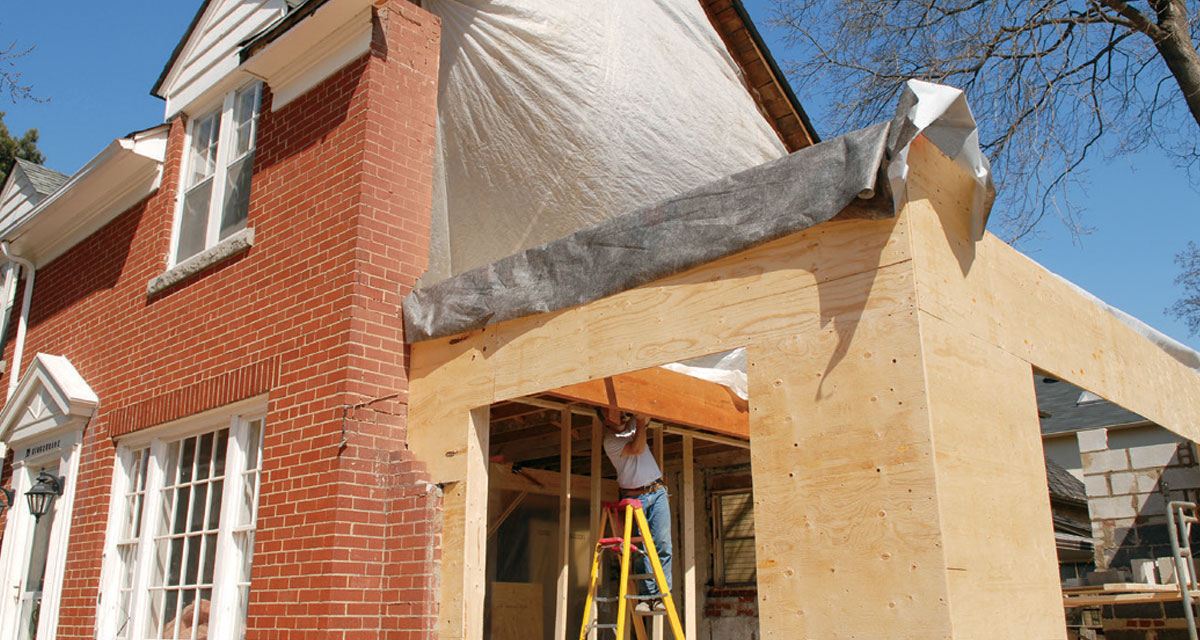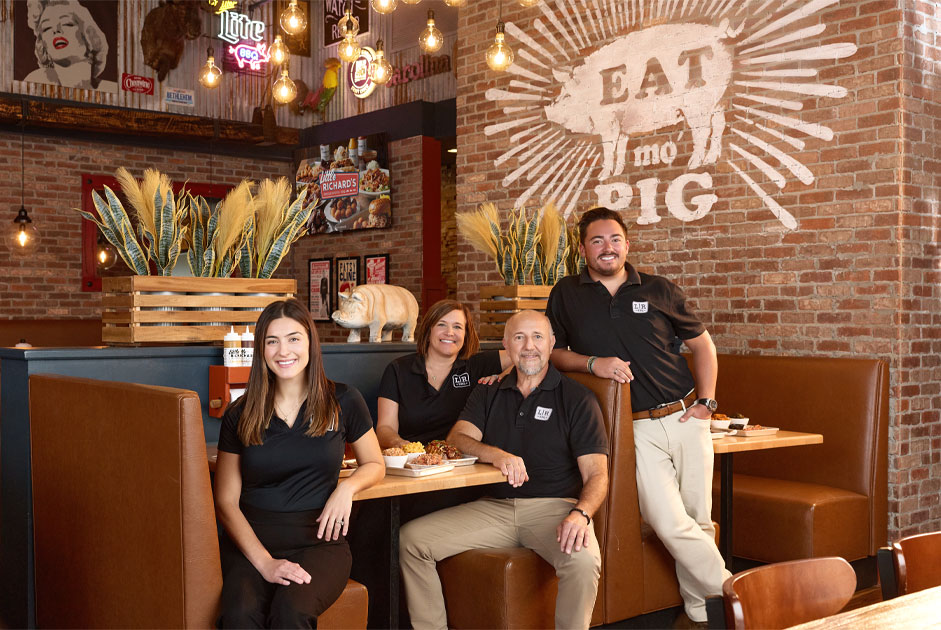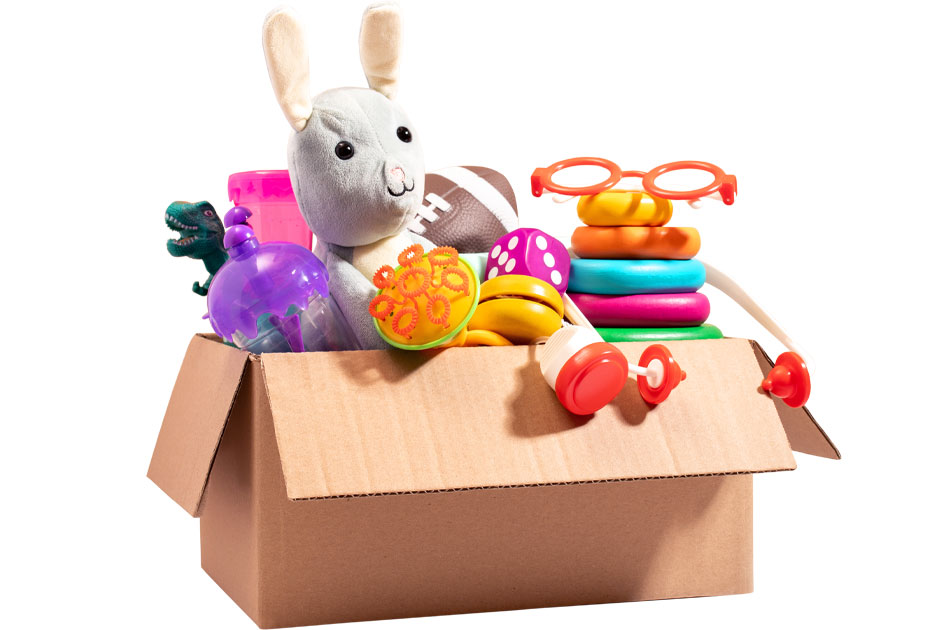With 2022 well underway and COVID-19 already making an impact, consumers are holding to a few tried and true patterns of spending and saving.
Consumers plan to be more mindful in how they spend money this year, and plan to watch inflation closely, especially its impact on big spending decisions.
Holiday Debt
Finances are often impacted at the year’s start by spending during the holidays. Heading into 2022, LendingTree’s December spending survey said about 36 percent of consumers took on holiday debt last year (up 5 percent from 2020), but less of it. Holiday spending averaged $1,249, down by about 10 percent ($130) from 2020 – and down for the first time since 2015.
Nearly 40 percent of Americans used buy now, pay later financing for holiday gifts, up three percent from 2020, the survey said, adding that most holiday borrowers – 62 percent – put holiday debt on their credit cards.
Some pre-pandemic patterns are holding true. The new year is always a popular time for debt consolidation, and consumers indicated it would be again in 2022. LendingTree reported that 82 percent of consumers with holiday debt planned to wait at least a month and either consolidate debt or open a balance transfer credit card to pay holiday bills.
Financial Stability
Consumers plan to become more financially stable this year, according to an end-of-2021 survey by shopping platform Slickdeals. Some 62 percent of respondents said last year was easier on their finances – double the amount who claimed it was easier in 2020.
How do consumers plan to become better off financially? Most plan to repair their financial statuses, namely by getting out of debt, removing unnecessary bills, changing shopping habits, and seeking more deals or coupons when shopping. Slickdeals noted that in 2021, the average person used 13 coupons or promos per month, up from 10 per month in 2020.
Many consumers plan to put aside more savings each month. The average person saved $328 per month in 2021, and hopes to save $408 per month in 2022, the survey reported.
To save without drastically altering your lifestyle, Slickdeals recommends starting with small changes – like cutting unnecessary subscriptions or looking for deals and discounts. It added that the great unknown for consumers is how much inflation will keep them on the sidelines.
The vast majority of survey respondents – 83 percent – reported being concerned about inflation.
Home Buying and Inflation
With inflation at its highest level in nearly four decades, tech-powered real estate brokerage Redfin reported the results of a December survey showing obverse impacts to home buying. A third of its respondents planned to delay home buying plans due to inflation. Another quarter said they would buy sooner.
Redfin added that gas prices are one of the biggest factors impacting consumer sentiment. They reported that 73 percent of its respondents said watching gas prices was impacting their home buying or commute plans. Consumers indicated rising gas prices could fuel a move to electric vehicle purchases, and lead others to buy cheaper homes.
Home Renovations
When consumers do spend this year, one big area will be for home improvement. Real estate website Zillow said in a November survey that 72 percent of homeowners will consider a home improvement project this year, the top choice being bathroom renovations.
Zillow advises that as consumers tackle home improvement projects, they should consider long-term implications. They note to prioritize projects that will create a strong return on investment (like additional living spaces: office, finished basements and attics, or guesthouses) when it comes time to sell.
Zillow also noted homebuyers are showing a willingness to pay a premium for spa-inspired bathroom features, such as “curbless” showers, heated floors and free-standing bathtubs.
Next Steps
Looking for ways to save? Truliant offers a No-Cost Credit Review where we take you through your credit score and help identify ways to improve it. Visit Truliant.org to learn more.
Federally insured by NCUA.


















